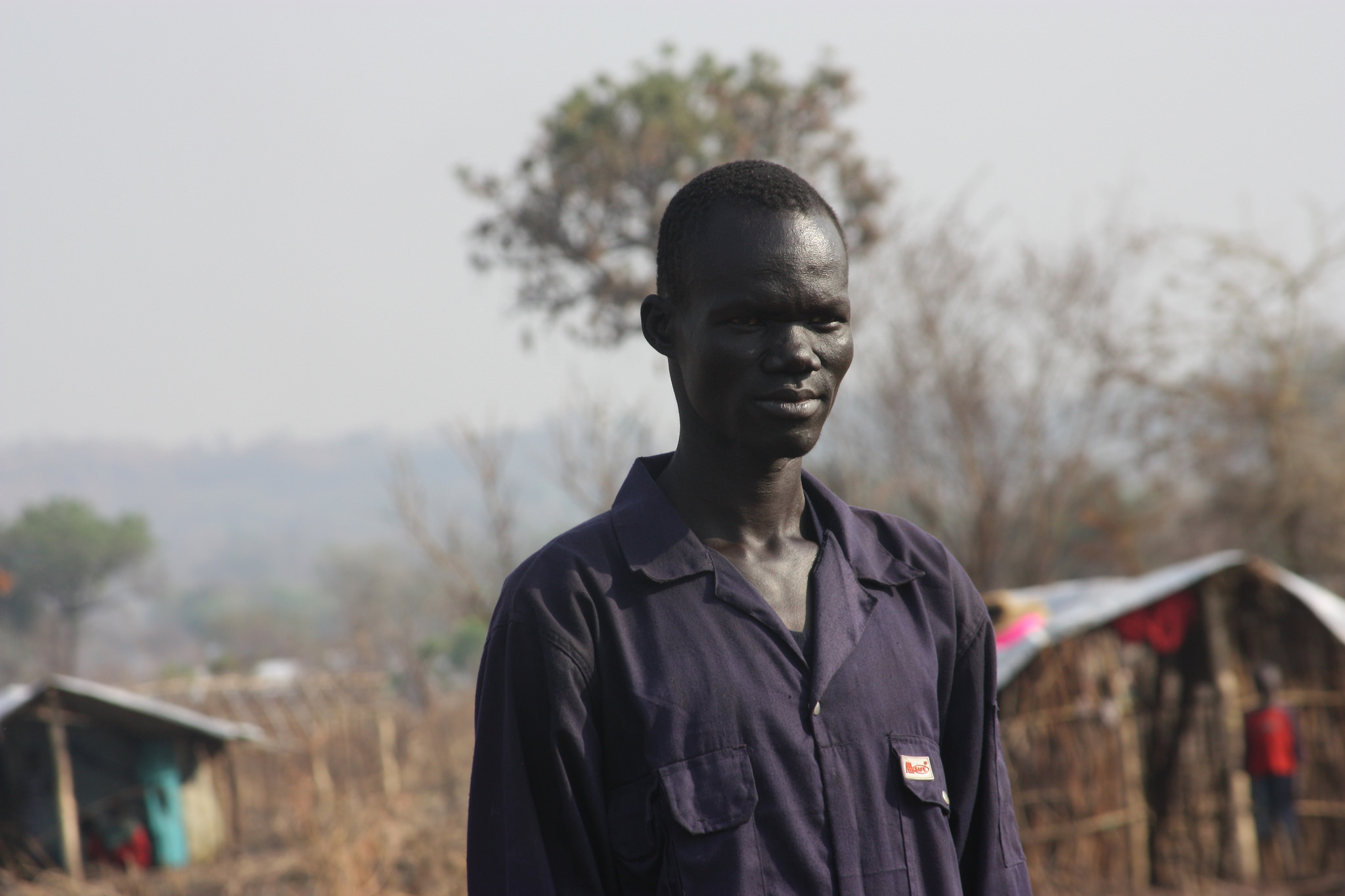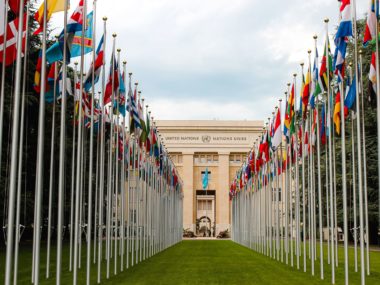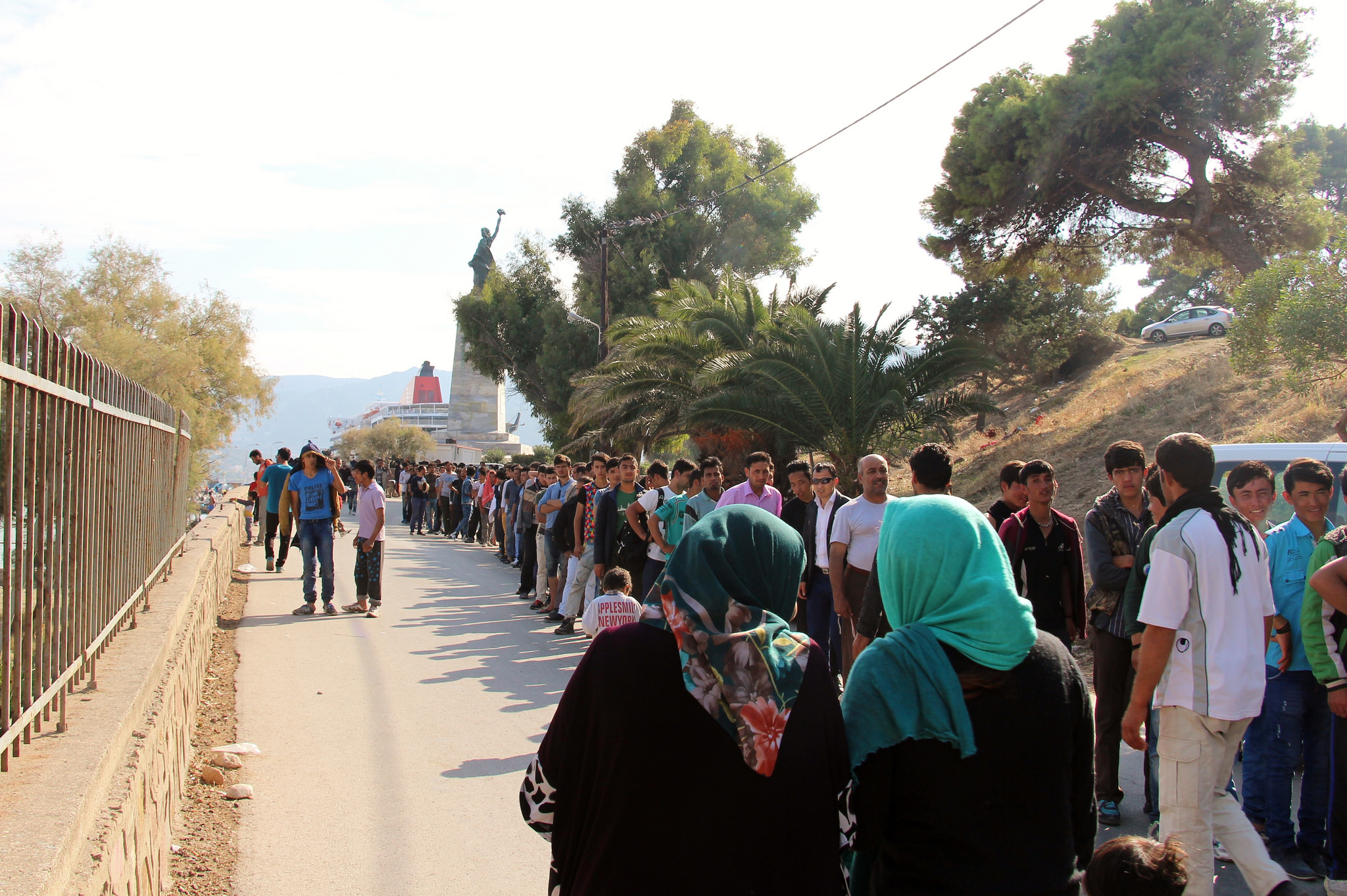Guest post by Lisa Hultman and Hanne Fjelde

A few days ago UN Secretary General Ban Ki-moon called on the Security Council to take action to end the systematic killings of ethnic and religious minorities in the Middle East. It is not rare that policy makers and journalists highlight ethnic dimensions of violence against civilians. In many conflicts, we see widespread collective targeting of civilians based on their ethnic identity. Bosnia and Southern Sudan are but a few examples.
Yet, whereas numerous news reports and case studies from contemporary conflicts testify to the importance of ethnicity in accounting for civilian targeting, there has so far been very little evidence from quantitative studies to corroborate such notions. One study finds no evidence for the hypothesis that ethnic/identity conflicts are more likely to see mass killings. Another study finds only weak evidence for a correlation between ethnic/identity conflicts and violence against civilians by rebel groups. How can we reconcile the apparently conflicting patterns emerging from qualitative accounts and quantitative research results? In a recent article in Journal of Conflict Resolution we propose that the discrepancy can be explained by the fact that previous quantitative studies have not assessed the impact of ethnicity at the most appropriate level of analysis. So-called ethnic conflicts may not be more violent on average, but ethnicity could still be an important factor in accounting for local patterns of violence within conflicts.
We argue that governments and rebel groups often use ethnic affiliation to identify groups of suspected enemy supporters when individual preferences and political affiliations are not known. Knowing that civilian constituencies provide crucial logistical support, warring actors have incentives to engage in collective targeting of civilians along ethnic lines as a strategy for weakening the enemy’s capacity.
Ethnicity often plays an important role in shaping networks of civilian support. Not only do ethnic groups often share political grievances. Ethnic social networks also facilitate recruitment and group cohesion during armed conflicts. This does not mean that civilians always favor armed groups who claim to represent their ethnic group. Nevertheless, ethnic ties make collaboration more likely. The enemy knows this. If the actual sympathies of the civilian population are not known, ethnic identity provides a profiling criterion at the group level that armed actors can use to identify potential enemy supporters.
Our empirical analysis of violence against civilians in sub-Saharan Africa, 1989-2009 supports these contentions. We combine geographically disaggregated data on violence against civilians with data on settlement patterns of ethnic groups from which the civil war actors mobilize their support. The results show that armed actors are more likely to target civilians in areas where the enemy’s ethnic constituency resides. The effect is strongest for governments; they are five times more likely to target civilians in areas inhabited by ethnic groups that the rebels claim to represent. Rebels, in turn, are more than twice as likely to target civilians in areas with ethnic groups that the government represents.
We lack systematic data on the ethnic affiliations of civilian victims. Our inference is hence based on using geographic settlement patterns as a proxy for the identity of the victims of violence. In sub-Saharan Africa ethnic groups tend to cluster geographically. These settlement patterns facilitate collective targeting along rival ethnic lines; they also allow us to make a best guess about the identity of the victims. Nevertheless, the reality is certainly more complex. Civilian victims are a more heterogeneous group than our data allow us to pick up; warring actors may mistakenly target civilians from their own ethnic group, or there may be parallel processes of intra-ethnic violence taking place in a conflict. In addition, some groups may refrain from collective targeting along ethnic lines, knowing it may consolidate civilian support for the enemy. Disentangling these dimensions are important questions to tackle for future research.
Returning to the initial question about whether ethnicity is a useful factor for explaining atrocities: our answer is that strong links between armed actors and ethnic groups provide incentives for collective violence against civilians. This group-level identification of potential enemy supporters often leads to massacres and indiscriminate attacks – and those are the ones we read about in the news.
Lisa Hultman and Hanne Fjelde are both Associate Professors of Peace and Conflict Research at Uppsala University, Sweden.







1 comment
Reblogged this on Refugee Archives @ UEL.